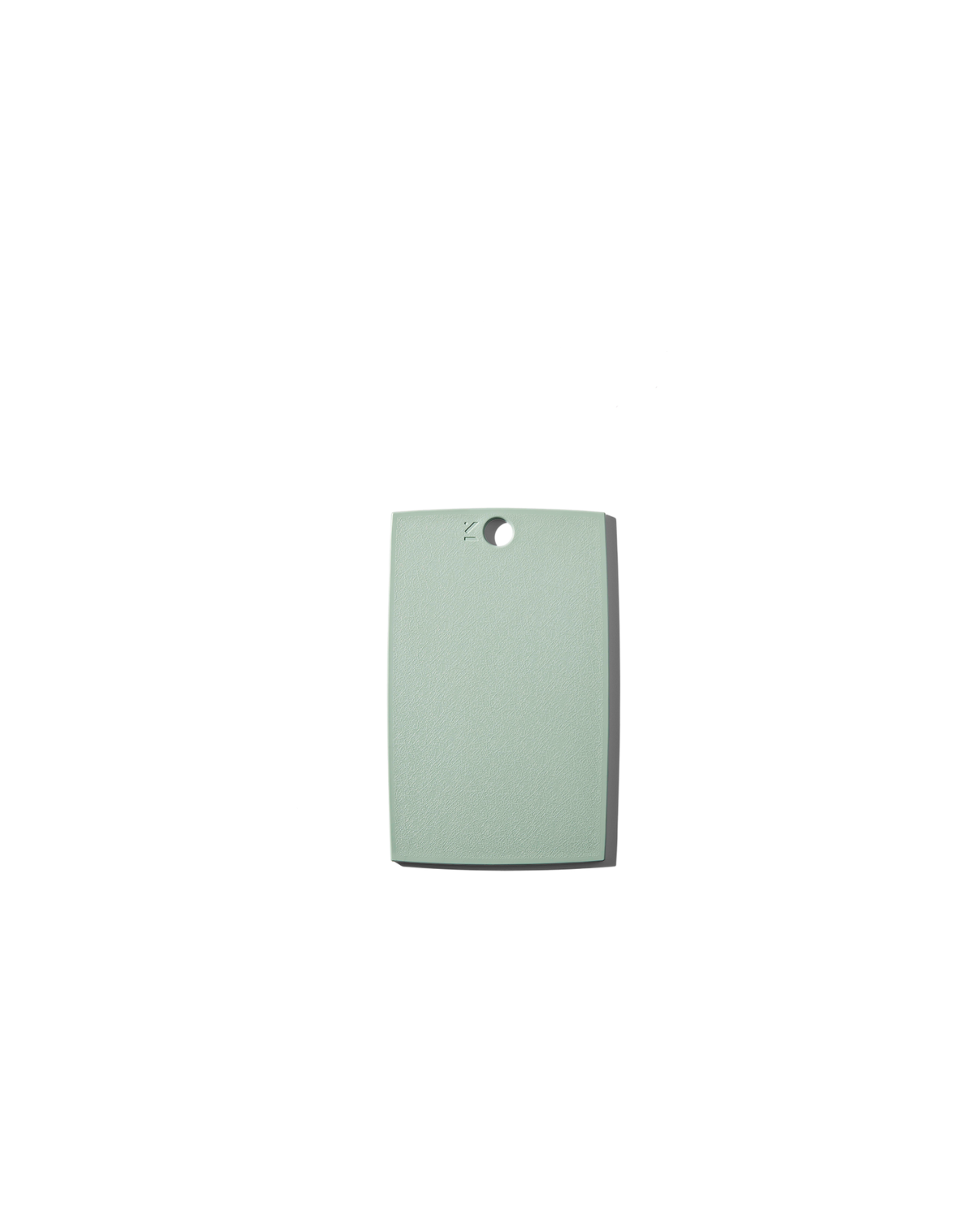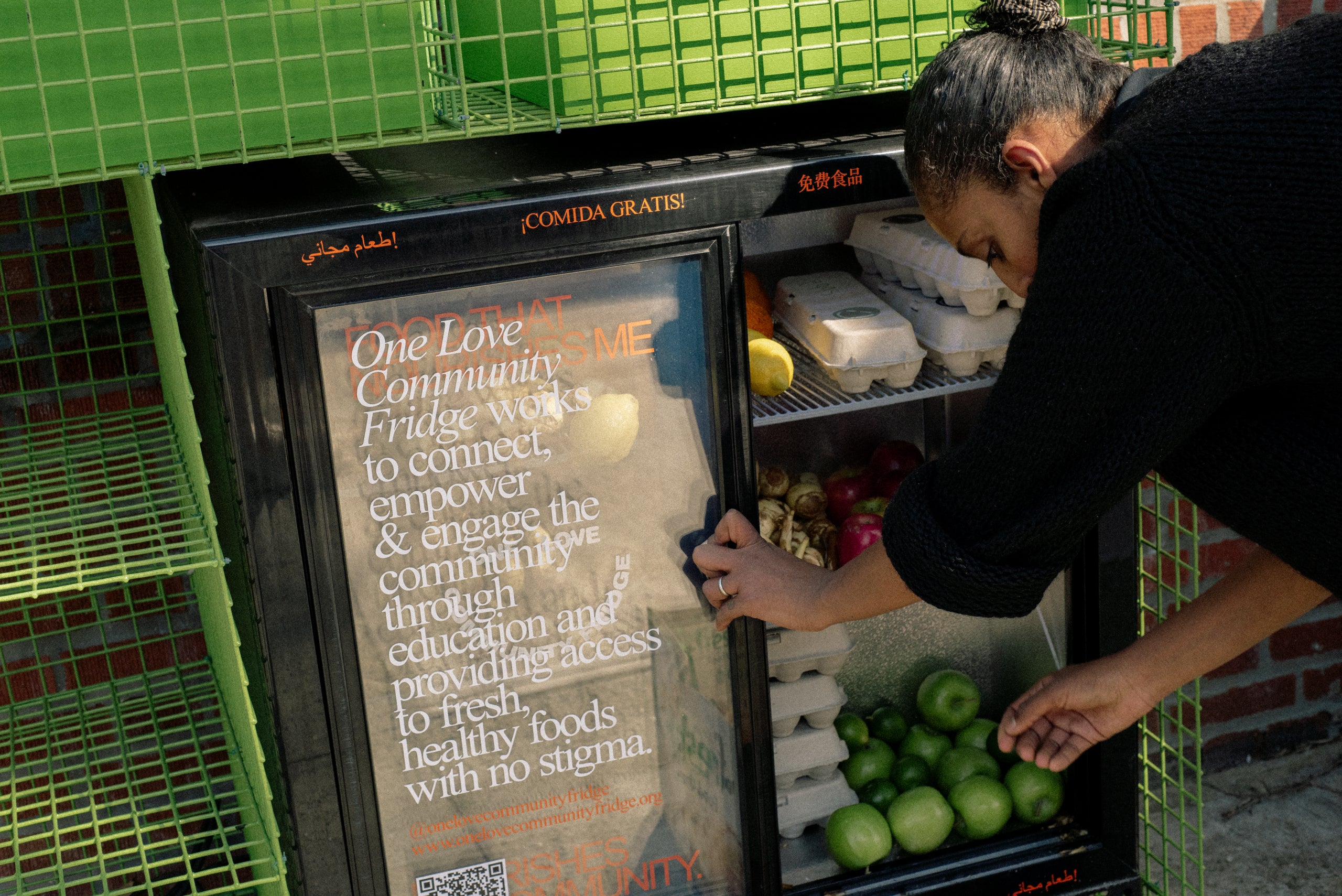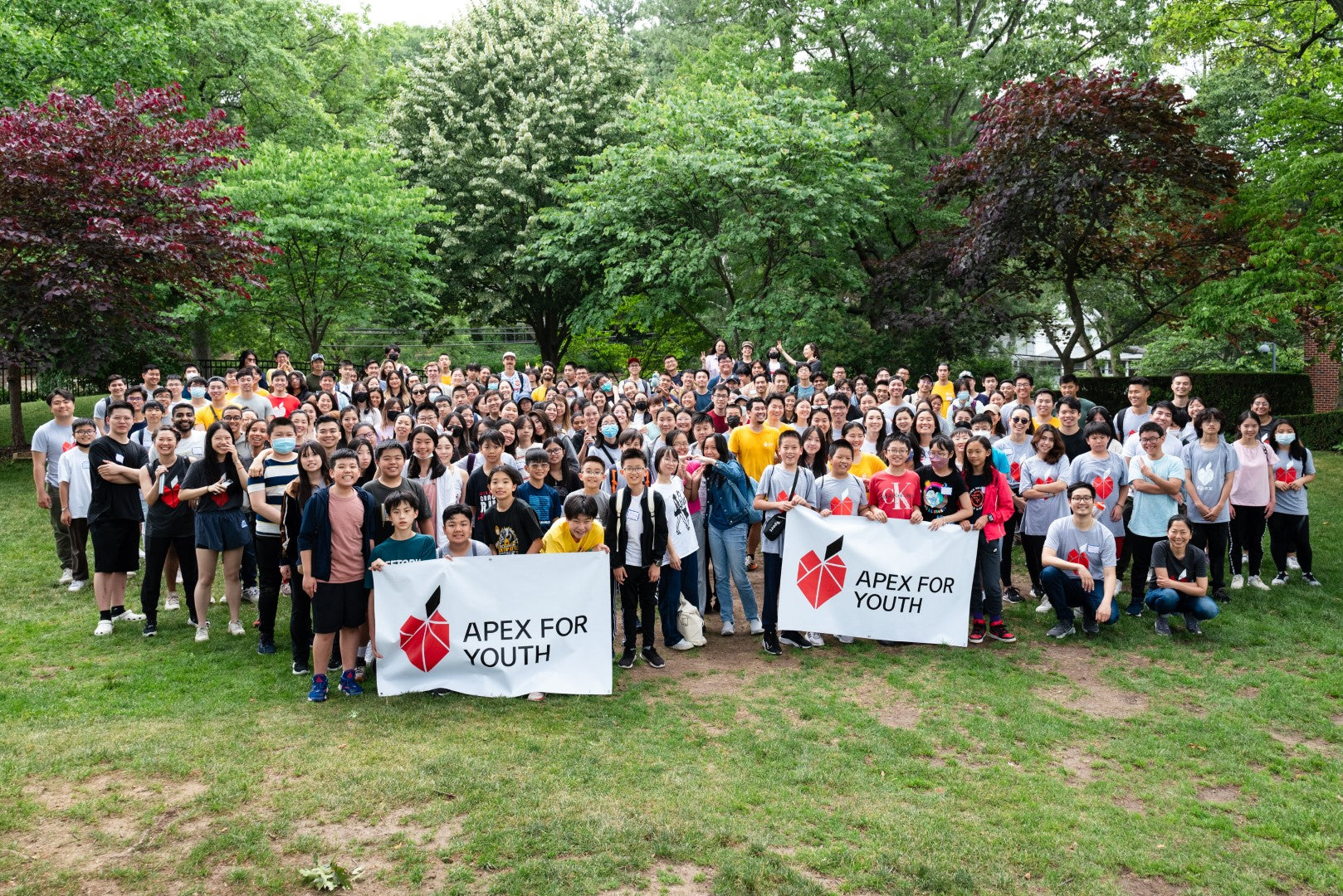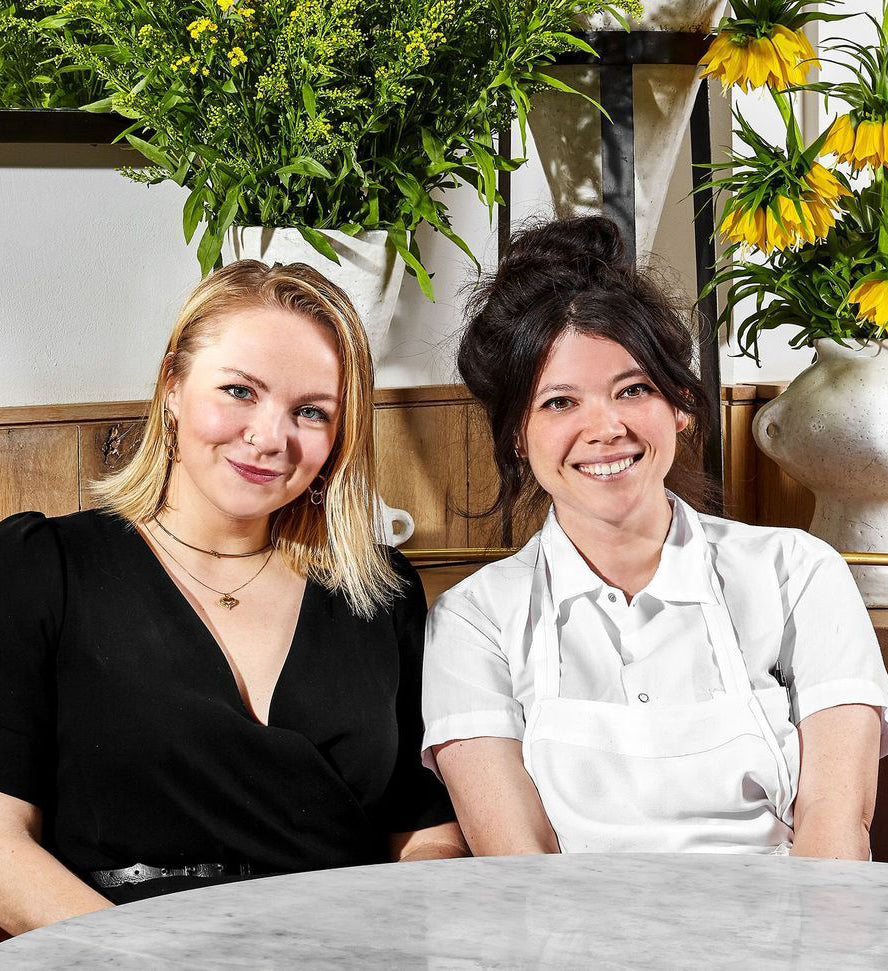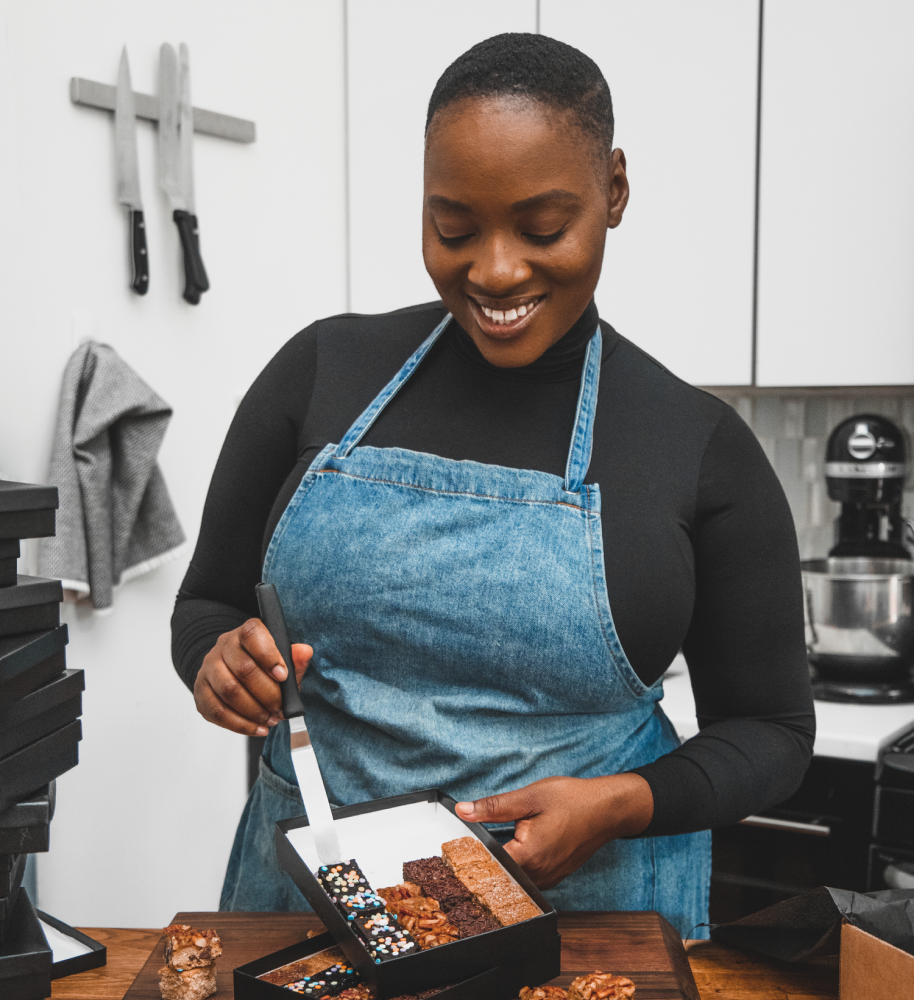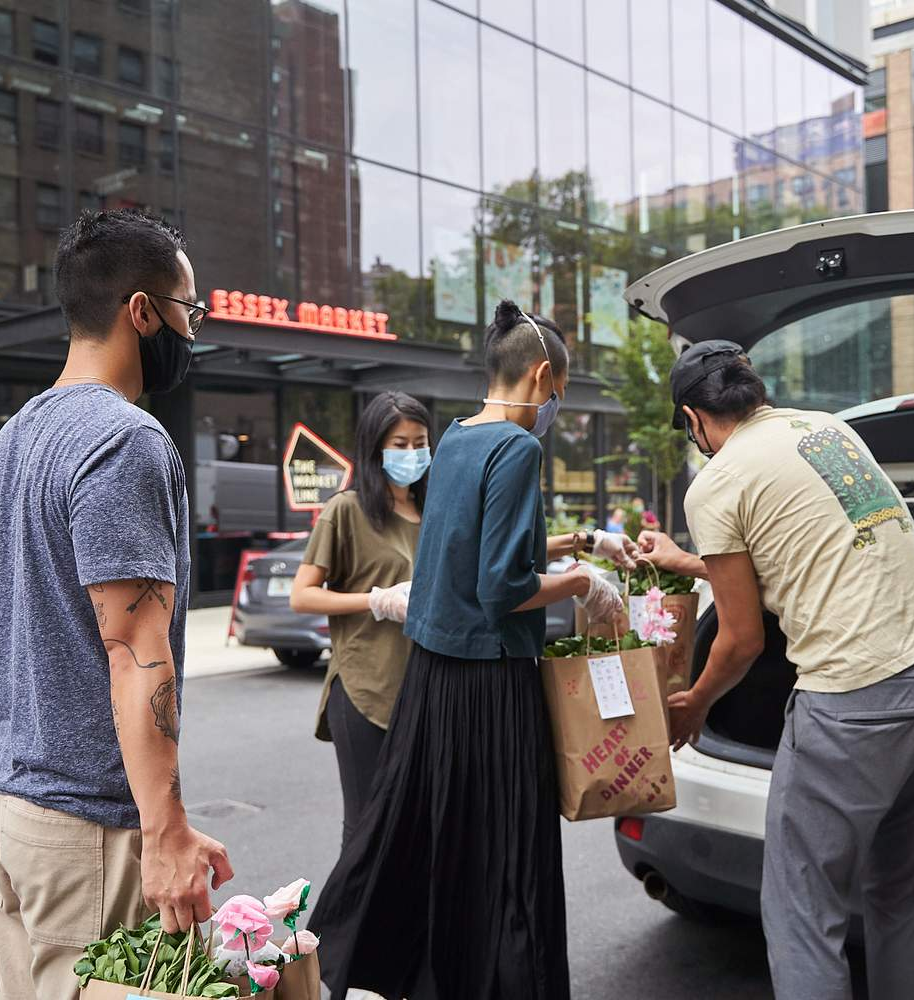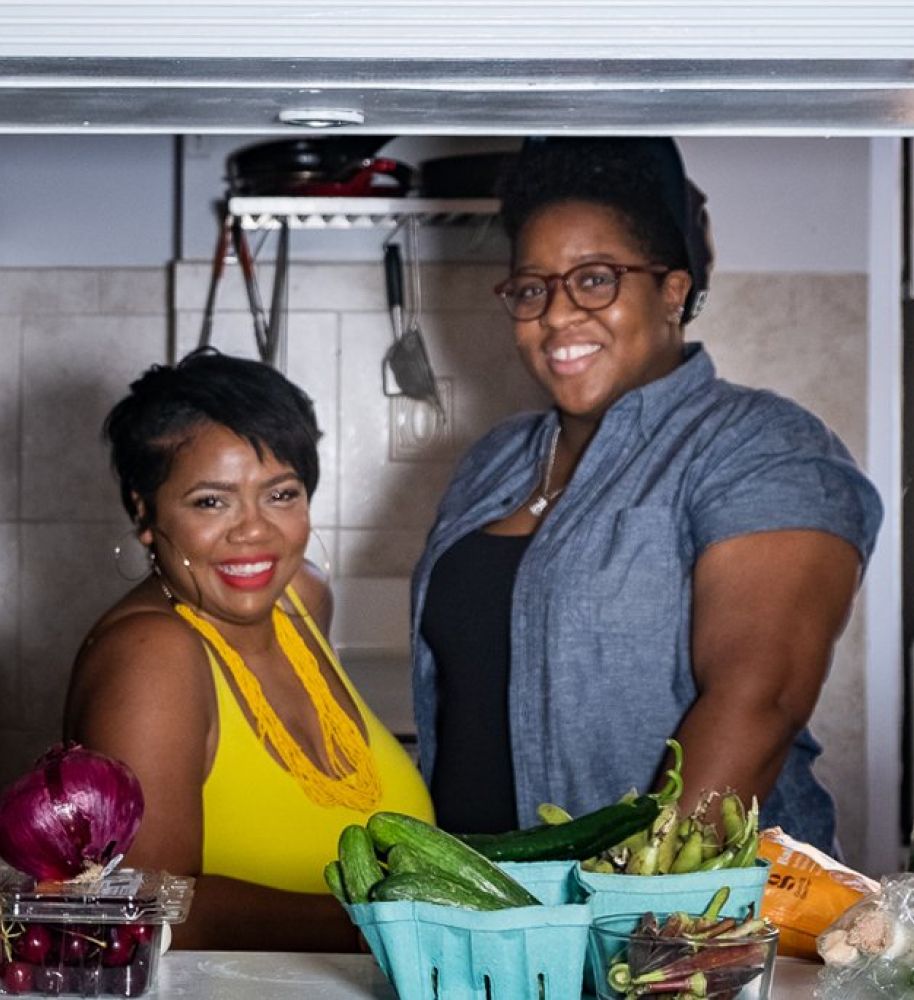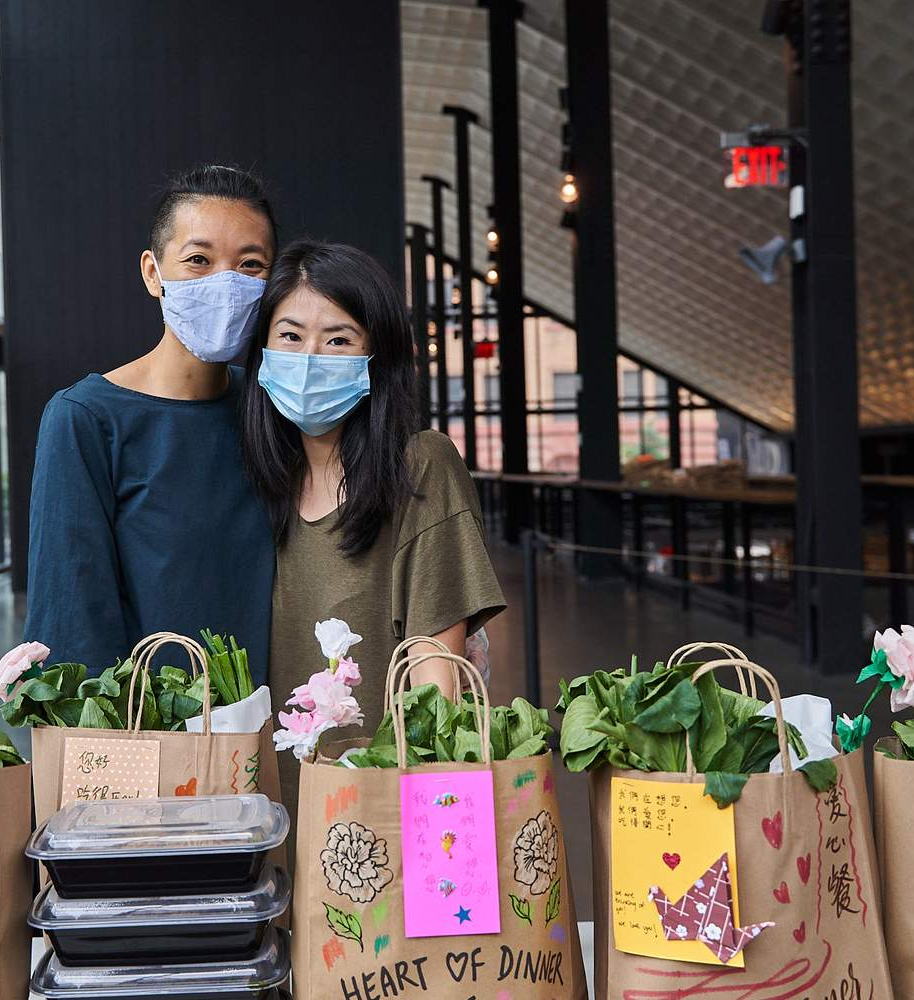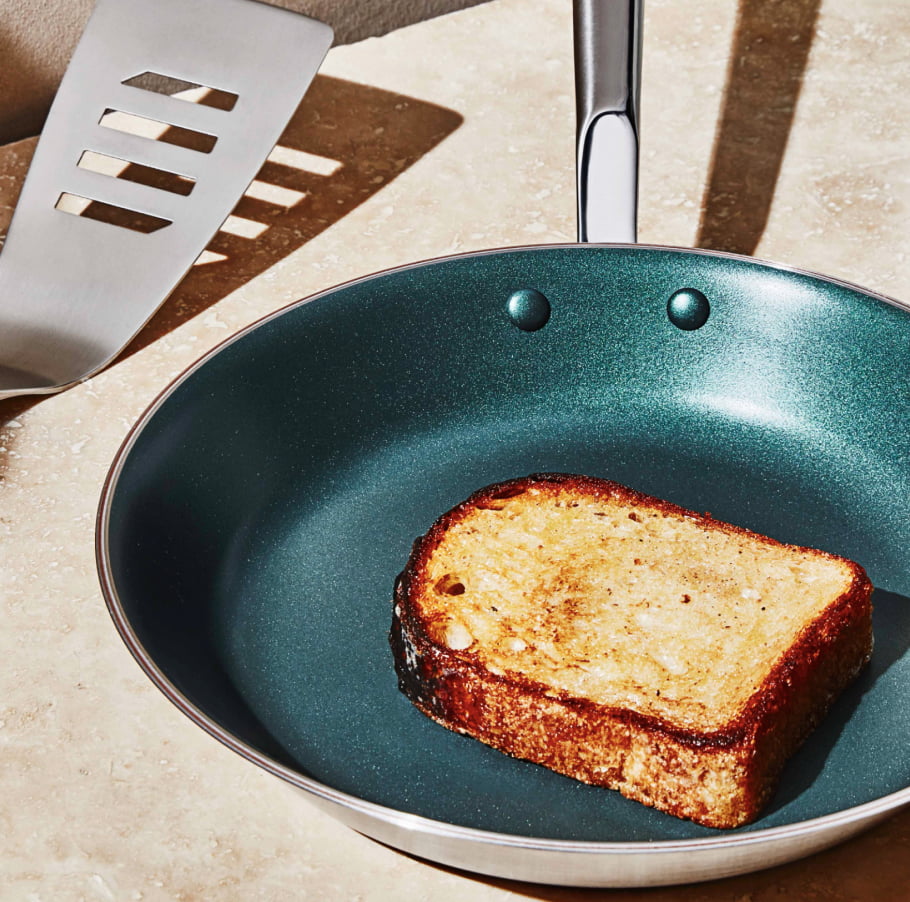This article is part of our Kinder Kitchens campaign. From November 10-30, 2022, the entire Material site is up to 20% off. For every discount you receive, you have the opportunity to donate a portion to The Lower Eastside Girls Club.

The Lower Eastside Girls Club today occupies a gleaming, 40,000-square foot space on 8th St and Avenue D in the Lower East Side of Manhattan, complete with a rooftop garden, dome planetarium, and a brand-new health and wellness center (more on that in a minute), among other facilities. It’s a veritable dreamscape for girls and gender-expansive youth of color to explore their interests, develop passions, learn new skills, and connect with mentors and peers across NYC. But it wasn’t always like this.
When the Girl’s Club was founded in 1996 (the first of its kind in New York City, which at the time had 3 boys only clubs in the Lower East Side neighborhood), they had no permanent space. Materials for after-school programs and classes were wheeled around in a shopping cart, and meetings were held in basements and the back of a dollar store, among other less-than-glamorous locales. “It was a hard-fought battle to start the Girls Club,” says Jenny Dembrow, Co-Executive Director. “We started a farmers market on [the site that’s now home to the Club], showed up at community board meetings, fought off developers, and finally got the land,” she recalls. After extensive fundraising (including a sizable contribution from the City during the Bloomberg administration), the Girls Club broke ground for its facility e in 2010.


“We have been really thoughtful and dedicated to reclaiming space for the community that we serve, so it really is a lesson to all,” says Dembrow, who started at the Girls Club in 1996 as an intern.
“When we said ‘we’re going to build this,’ they called us crazy, but here we are today, in a state-of-the-art facility, with over 1,000 members, in a globally recognized model for what a community center can be.”
The core principles of the Girls Club, art, activism, and social justice have remained largely unchanged for 26 years. Their programming has always been free, and includes everything from a Maker Shop for coding and robotics; an Environmental Studies Lab and rooftop farm for STEM education; an Alphabet City Arts School studio; a Center for Media and Social Justice for Digital Media, Film and Photography; a Sound Studio for music production and the home of the Club’s radio station/podcast (WGRL- Where Girl Radio Lives); a Design Studio for Fashion and Material Arts;a Culinary Education Center; and a 64-seat dome planetarium.
“The thing that’s so cool about the Club is that we radically reimagine what the future looks like in partnership with our young people—they are constantly teaching us how to ensure that we’re always evolving and responding to what they see their future to be,” says Ebonie Simpson, Co-Executive Director, who also joined the Club as an intern before rising to her current position.


“We are in the unique position of being able to expose them to every opportunity we and they can think of, to connect them to their own power.”
It’s worth noting here that though the Club has “Girls” in its name, they collaborate with other nonprofits and community groups across the country, many of which are open to all genders and generations. “We recognized how important it is to serve our whole community, and their whole families,” says Simpson.
“The impact of a community on a young person tells the story of whether they will be healthy, well, have access to resources, and generally be more successful later in life,” she explains. “We wanted to be sure we were doing our part to invest in the success of our entire community.”
To that end, in October 2022,the Girls Club celebrated the long-awaited opening of their Center For Wellbeing & Happiness, a new 5,000-square foot space adjacent to their headquarters where they now provide wellness programming rooted in healing justice for all genders and generations, all at no cost. The Center serves as a hub, where local organizations, expert practitioners, health-based city agencies and institutions, and community members can connect. Center programming ranges from wellness coaching to counseling to yoga classes to workforce training, all designed to holistically address the full spectrum of “health.” “It’s only been open for a few weeks, and we’ve already had such a great response—our classes are full and we’re adding more programming,” says Simpson. “We’re really responding to what the community is showing us it needs.”
For an organization that has grown and achieved so much in 26 years, the Girl’s Club has no plans to slow down any time soon. “We have been visited by people from every continent except Antarctica, to hear our story and how we got here,” says Dembrow. More and more people are reaching out, locally and globally, who are learning from our model. Every town, every borough, every city should have a Girls Club.”



